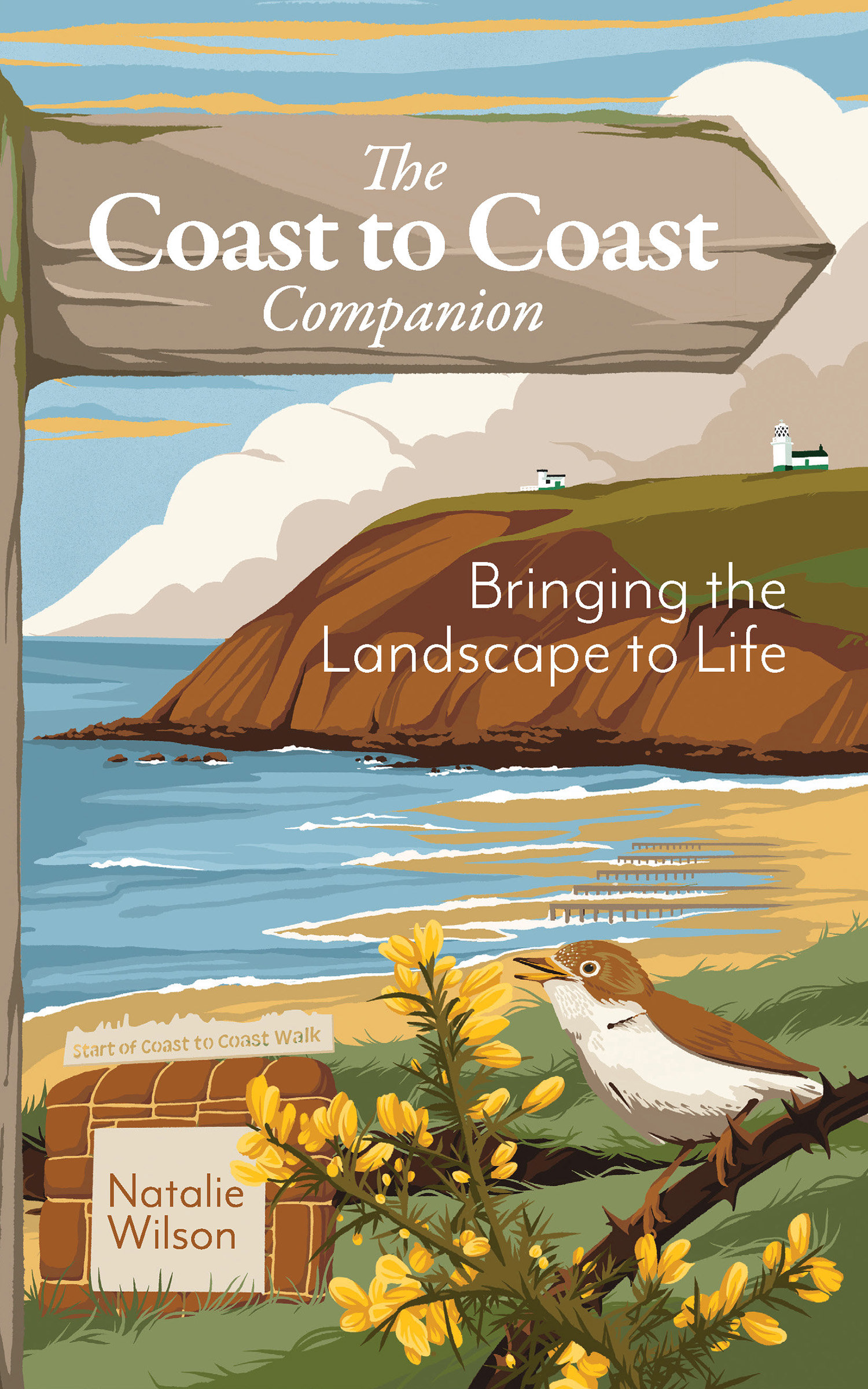
Winter Walking Top Tips #1
How to stay one step ahead when Winter Walking
Hiking and mountaineering in winter conditions is so very different than at other times. The things that you might be able to ‘get away with’ in a less harsh environment need more attention.
This is the first in a short series of my top tips for Winter Walking.
The days are shorter. The temperature drops – not only is the air temperature lower but with added wind chill you can soon be well into minus temperatures. You may have hail and snow to deal with, on a driving wind and it’s easy for things to become more challenging, or even hazardous, very quickly when winter walking.

Whether you are heading to the Lake District, North Wales or Scotland, having the right kit and skills and knowing how to use them becomes essential. There’s a lot to think about and preparation is key.
Winter Kit
You need additional kit for winter walking – in this post I’m going to share some of my tips for preparing your kit for mountain walking in winter conditions.
I have learned the hard way to check that my kit is up to the job before I head North in winter. I’ve had all sorts of bits of kit fail over the years, and they were all essential items – a large hole in my mountaineering boots; a broken front bale on a crampon; a headtorch that refused to work; waterproofs that were just no longer up to it and left me soaking and cold; gloves that were too difficult to get back on once I’d taken them off; goggles where the foam surround disintegrated as soon as I took them out of their bag; a leaking compass. Are you getting the picture? These incidents make for a pretty miserable experience when you’re out in poor weather and can become full on hazards pretty quickly.
So these days, in the comfort of my own, warm home, I check my kit. I aim to do this well in advance of making my first winter trip of the season. This gives me time to repair, borrow or acquire (preferably in a sale) the item I need. There’s nothing worse than losing a day on the hill because you have to traipse around Fort William or Aviemore doing emergency gear shopping. Well, worse would be having an epic because you hadn’t checked your kit 😉
I use one of those large IKEA bags and chuck all my kit in it as I go through it. I won’t necessarily take all of it out on the hill in any one day, it just means I have plenty of options.

Winter can be a magical time to explore the mountains…
and the better prepared you are, the more you’ll get out of it.
Winter kit preparation
I dig out my crampons and walking axe and look them over. Is the pick on my axe ok? Is the leash still attached? Are the points on my crampons sharp and rust free, are they compatible with, and set to fit my winter boots? That gives me chance to check my boots over and give them a bit of tlc too, checking my laces whilst I’m at it and making sure I have a spare pair. I’ll find my warmer merino socks too.
If I can, I always wash and waterproof my waterproofs pre winter, just for a bit of peace of mind. I pack some extra pairs of gloves (thinnies, mid weight and some super warm, primaloft mitts) and my extra warm hat and buff too.
It’s well worth checking your main compass and making sure it can easily be attached to a rucksack so it can’t get lost. I’ll also make sure I have a spare compass in good working order tucked away in my bits and bobs bag.
A good headtorch is essential – in winter the days turn dark early and you can be out well into the evening, especially in poor weather. A good headtorch, spare batteries and a spare torch are a regular part of my winter kit. Who wants to get caught out in the dark? Not me.
In my bits and bobs bag I carry some gaffer tape, tenacious tape and cable ties, et. In winter I also add some straps and maybe a couple of small tools to make sure I can cobble together a crampon if I need to.
I always carry a foil blanket/survival bag or appropriately sized group shelter – they are absolute life savers if things go wrong and are easy stash at the bottom of your pack.
Mapping is important so before any trip, I’ll look at the weather, give myself some options for locations and make sure I’ve got the right maps for where I want to go. I can either print out what I need from OS maps or buy maps. I’ll check my map case is ok and has some cord and a crab so I can attach it to my rucksack. Anything not attached runs the risk of getting lost.
That’s my essential, basic kit checked and prepped.
Now to go and enjoy…

